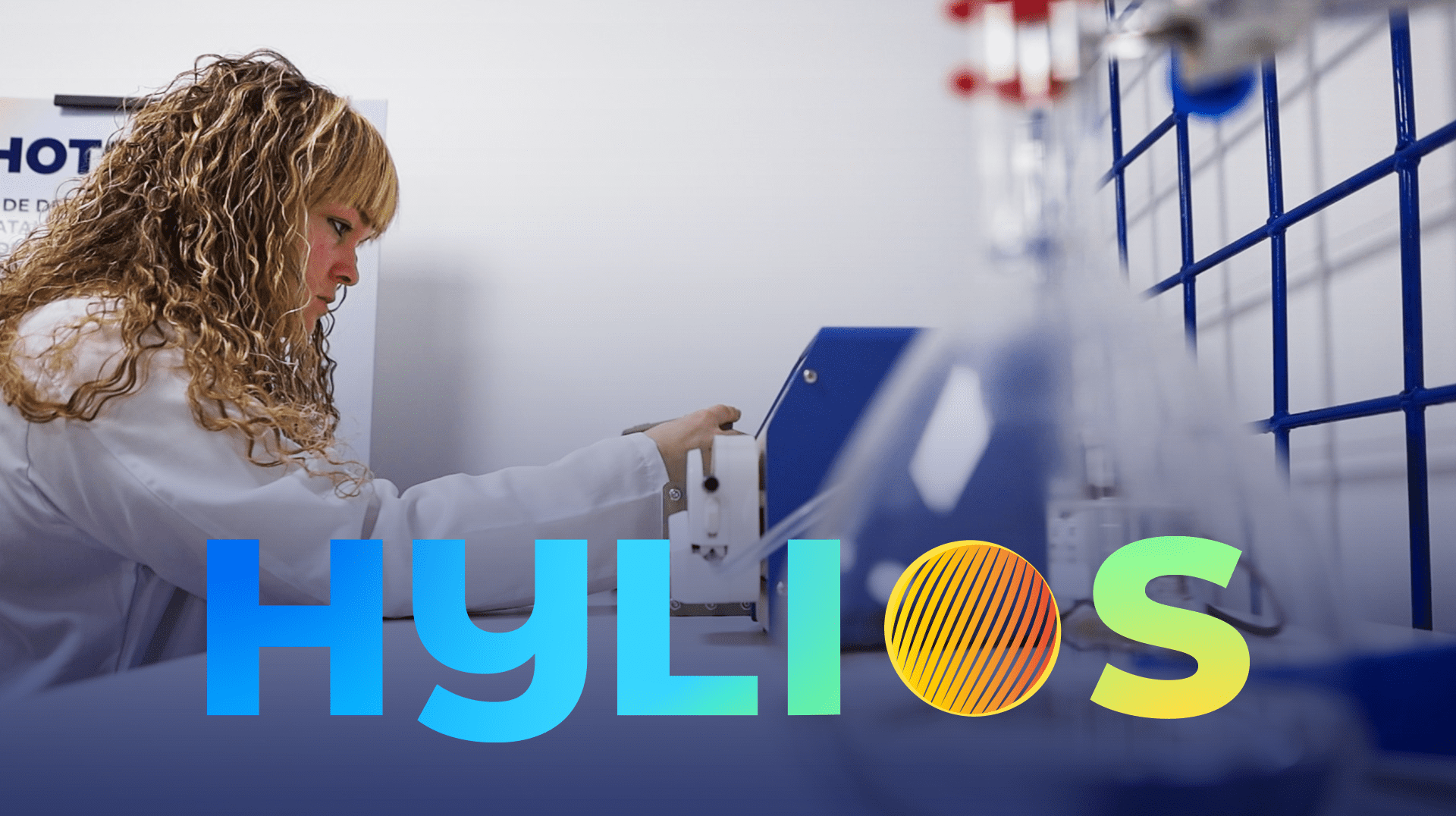HYLIOS will provide new solutions for the generation of green hydrogen via photocatalysis of wastewater from treatment plants
The company will coordinate the consortium conducting the research, formed by ITECAM, Ansasol, ITQ and IMDEA Energy
Madrid, 26 February 2024. Lantania is leading the development of the HYLIOS research project, which aims to find a sustainable and efficient solution for the production of green hydrogen. Through new technological developments, HYLIOS aims to transform Wastewater Treatment Plants (WWTP) into energy-efficient factories that recycle their resources. Specifically, the project will seek innovative solutions for the sustainable and efficient generation of green hydrogen through photocatalytic wastewater treatment.
The Infrastructure, Water, and Energy Group is coordinating the multidisciplinary consortium. This consortium is formed by the companies Lantania Aguas and Ansasol, along with the research organisations: Industrial Technology Centre of Castilla La Mancha (ITECAM), Institute of Chemical Technology (ITQ), as well as the IMDEA Energy Institute, which is developing HYLIOS. The initiative, which will be carried out over the next three years, has a budget of close to one million euros.
The project will focus on photocatalysis, a promising technology that makes the production of green hydrogen possible without using electricity. It is a complementary alternative to traditional electrolysis systems. This technique offers a number of advantages in hydrogen production such as: using a reactor that decomposes water without using external electricity, which reduces costs and simplifies the infrastructure needed to produce hydrogen; lowering the costs of producing green hydrogen in the long term, as the systems and equipment used are less complex and expensive; and, finally, using lower quality water, reducing the costs of filtration and drinking water.
One of the most revolutionary aspects of HYLIOS in the field of photocatalysis is the development and integration of new, optimised, titanium-based metal-organic frameworks (or MOFs) that have the unique ability to harness solar energy to decompose water. This will also cause a paradigm shift in the treatment of wastewater by revaluing a resource that is often wasted, contributing to the strategy of sustainability and circular water management.
The photocatalytic hydrogen production process to be undertaken throughout this project will be carried out using wastewater from treatment plants in which Lantania operates. Ansasol, a company specialised in the design, construction and management of photovoltaic and hydrogen generation plants, will be responsible for conducting an in-depth study. This study will focus on the future scaling and integration of the technology developed in sectors linked to the production of green hydrogen and electric energy in general.
HYLIOS seeks not only to be a model for technical innovation, but also an example of economic viability in the production of green hydrogen. It represents a step towards a more sustainable and economically efficient future in the management of natural resources, drastically reducing energy costs and the environmental impact associated with hydrogen production.
The HYLIOS research project has been selected for the “Public Private Collaboration 2022” call, managed by the Spanish State Research Agency (AEI), with funding from the AEI itself and the Ministry of Science and Innovation (MCIN), as well as from the European Union Funds (Next Generation EU/Recovery, Transformation and Resilience Plan -PRTR-).
